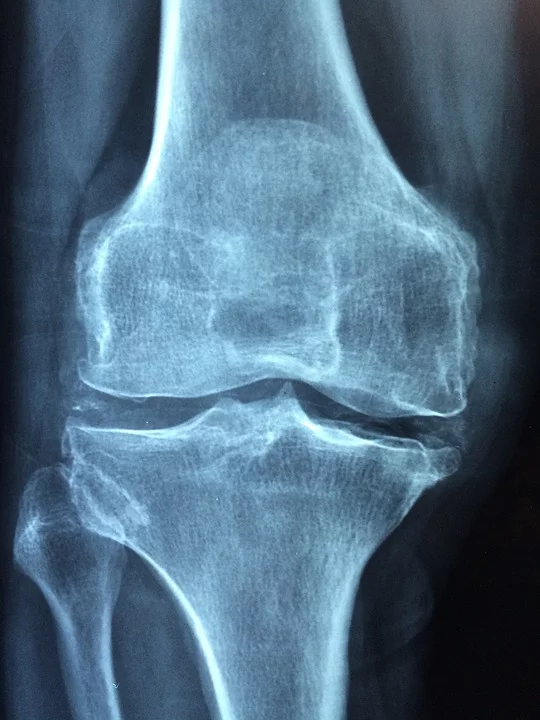Shoulder pain can affect much more than just our comfort. It can limit our ability to pick up our children, carry groceries, or even reach for something on a high shelf. If you’ve been struggling with nagging shoulder pain, there’s a strong possibility it may be due...
A stress fracture is a small crack within a bone. However, unlike acute fractures, which occur from a sudden injury, stress fractures gradually develop over time and are common among athletes, runners, and individuals with physically demanding lifestyles. These tiny,...
Tendons are tough, fibrous tissues that connect muscle to bone and play a critical role in our movement, from helping us swing a tennis racket to allowing us to lift groceries or climb the stairs. But for all their strength and flexibility, tendons are also...
I know hips and knees can be replaced, but what about other joints?

Today it seems everyone and their mother-in-law are undergoing joint replacement surgery. Dean Trevlyn, M.D., a board-certified orthopaedist with Premier Orthopaedics at Crozer-Keystone Health System, states, “With people living longer and being more active in later years, there’s more wear and tear on our bodies, particularly our joints.” Although hip and knee replacements are the most common, shoulders are becoming more commonly replaced. Joint replacements can also be done for elbows, wrists and ankles.
Most joints are repaired between the ages of 50 and 80; the average age of people undergoing hip and knee surgeries is about 66. The technology and design of joint replacements have improved dramatically over the past 10-15 years and continue to improve.
Patients at any age can suffer from debilitating pain resulting from an underlying condition, such as osteoarthritis or a sports or traumatic injury, to name a few. Those who are overweight or obese are more prone to joint pain. When non-invasive options such as medication (acetaminophen, naproxen, etc.) and exercise do not relieve painful symptoms, joint replacement is likely to be the next step. These procedures generally remove the damaged part of the joint and replace (actually resurface) it with an artificial or prosthetic implant made of either metal, ceramic or plastic that emulates the movement of a healthy joint. Dr. Trevlyn adds, “Patients who undergo joint surgery often say they wished they did it years ago. It’s literally a game-changer in terms of enhancing one’s quality of life.”
If you are experiencing pain in any of your joints, speak to your doctor about ways to relieve it. He or she will evaluate your condition and lifestyle, and work with you to determine the best course of action – always exploring non-surgical options first.
To make an appointment with a Premier orthopaedist at Crozer-Keystone, please call 1-855-255-6468.
